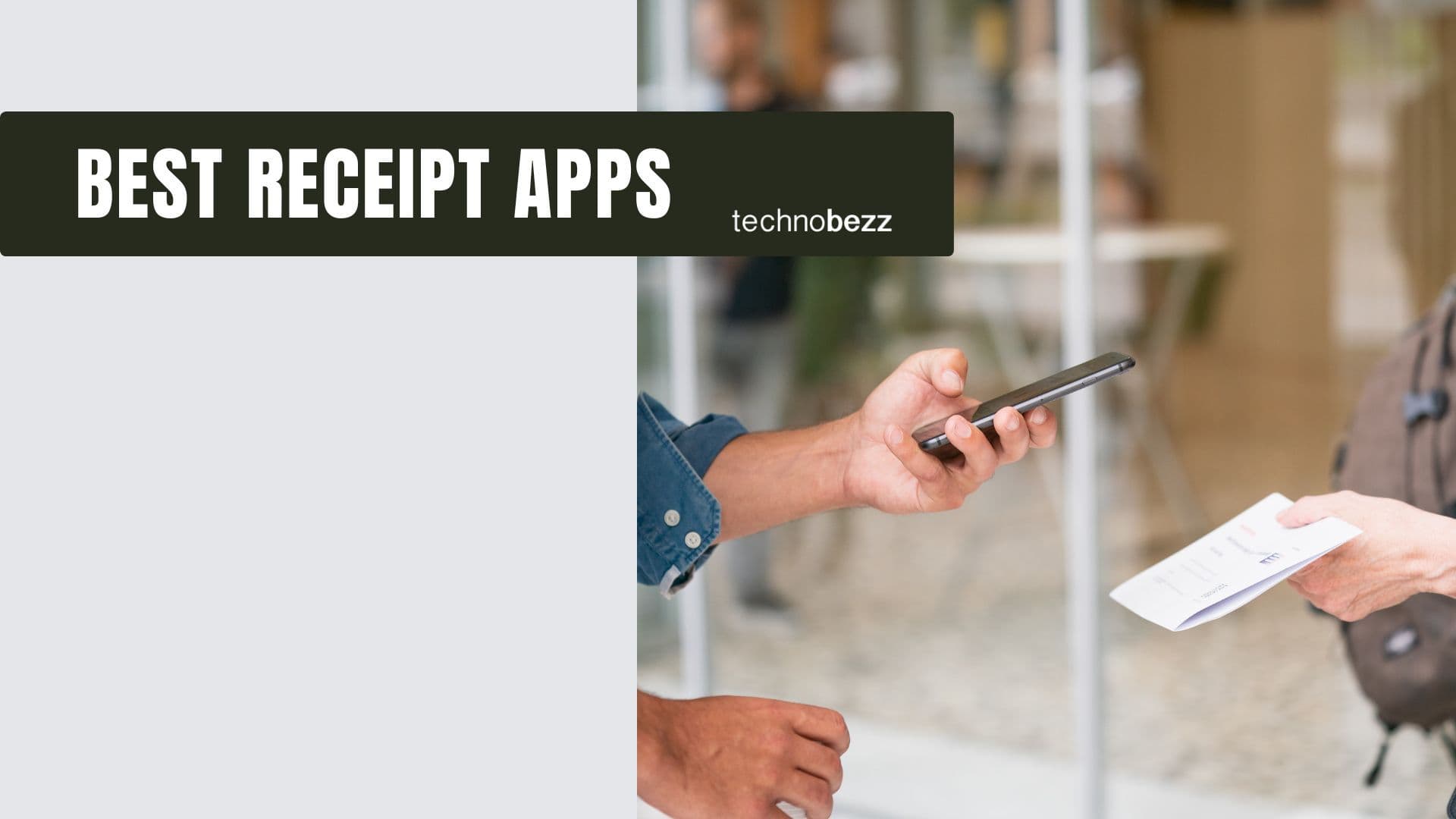As the technology has advanced to new levels, there stands a great need to upgrade the security as well. Millions of people make use of the Android Operating System on their smartphone or tablets. Android is a user-friendly platform and comes with many exciting features to offer unique experience and satisfaction. However, as with any other device which makes use of the Internet interface, even Android smartphones and tablets might face some security issues. Therefore, it is the responsibility of the smartphone or tablet users with inbuilt Android OS to ensure that they have applied the best and the most reliable security measures and Android privacy settings to keep their confidential information safe.
To know how to secure Android phone or tablet, it takes more than just setting a PIN or password-protected locking system. Here are some of the effective security tips which might enlighten you of the several secure methods that you can use on your Android smartphone or tablet to safeguard your information. Have a read.
See also: 3 Reasons Why Your Android Phone Gets Viruses And How To Avoid It
Some Of The Effective Android Security Tips
Apply a Screen Lock
This is one of the best ways to secure Android phone from unauthorized access to your smartphone or tablet. With advanced technology, the Android smartphones and tablets come with various screen locking options including passwords, patterns, PIN lock, and even fingerprint or eye scanner locking systems. So, if you wish to ensure securing your Android phone from going into the wrong hands, the screen lock is a must! It is very simple to set a screen lock on the Android phone. You just need to head to the Settings, then to Security and then make the selection of the particular type of screen lock that you would like to have for securing your Android phone.
Individual Media and Apps Lock
The most important information and data including personal images, videos, audio files, documents and several others are stored in the media files and various apps. Therefore, these are the most sensitive data and an easy prey to the wrong doers. Hence, the users must maintain their Android privacy by setting individual locks to the media and the various applications. A very famous Android app which would serve the purpose of securing your Android phone and important data from the wrong hands is the App Lock which you can apply to individual media and apps to keep the data safe.
Update the OS and Apps
Many times, we tend to ignore the frequent updates of various apps and OS that our Android asks us to do. However, the frequent updates not only brings additional and exciting features, it is also a great way to ensure Android privacy by fixing bugs and loopholes in the security platform. Therefore, you must ensure that the apps and OS are on your Android phone are set to auto-update. You can do this by going to Google Play’s settings of your Android smartphone, then to General settings, and to Auto-update Apps menu. For the OS updates, you need to go to the Settings, About Phone and System updates and set it to auto-update option. This is a great way to secure your Android phone.
Use Only Google Play Store to Download
The most common security threat the users undertake is by downloading apps from sites other than Google Play. Other websites might be unreliable. By default, the Android tablet or phone settings won’t allow you to download apps from anywhere else. You can maintain Android privacy settings by going to Settings, then Security, and under Device Administration, you can set the settings of unknown sources such that your smartphone never allows the third party involvement in the downloading of apps for your Android smartphone or tablet.
Manage App Permissions
The greatest benefit that you would get by downloading apps from only Google Play Store is that it will let you know about the app permissions before installing the app. This could ensure the security of your smartphone by securing your Android phone. It is the will of the users to grant the permission to view your contacts, messages, camera and much more. If you don’t feel comfortable in granting the permission, you should not proceed to install the app.
The Android Marshmallow OS allows the users to manage their app permissions by controlling what the app can do and cannot do on your Android phone even after installing the app. You can set the Android privacy settings for app permissions by going to Settings, then Apps and Apps Permissions.
Set User Accounts
You can set up multiple user accounts on your Android smartphone and tablet since the Android Lollipop OS version. If you happen to be sharing your Android phone or tablet with anyone else, you have the right to give them access to only those parts of your Android device that you would wish them to see. You can set up the user accounts by going to Settings, then Users and Add Users option. This is a great way to secure Android phone from unauthorized access.
Be Careful about Information Sharing
Social media has enhanced our experience of telling the world about the status of our life. However, it is important to analyze the kind of information that you are actually about to share on the Internet. Android makes use of the Google Chrome web browser which is also being used on the laptops and PCs. The ability to sync the passwords, accounts, bookmarks and much more can serve as a great timesaver but it might also pose a serious security problem if you lose your phone or tablet. All the passwords and sensitive data in your e-mail might become accessible and you might face serious security concerns. You can, however, control the data being stored in Chrome by launching the Chrome browser and clicking on the three dots at the top right and then choosing Settings, going to the Basics and then Save passwords. You can also open the Settings icon on Chrome, tap your account and then select the data which has been synched.
Conclusion: It is important to know how to secure Android smartphone and tablets by optimizing the Android privacy settings.
See Also: How to customize Android Quick Settings












